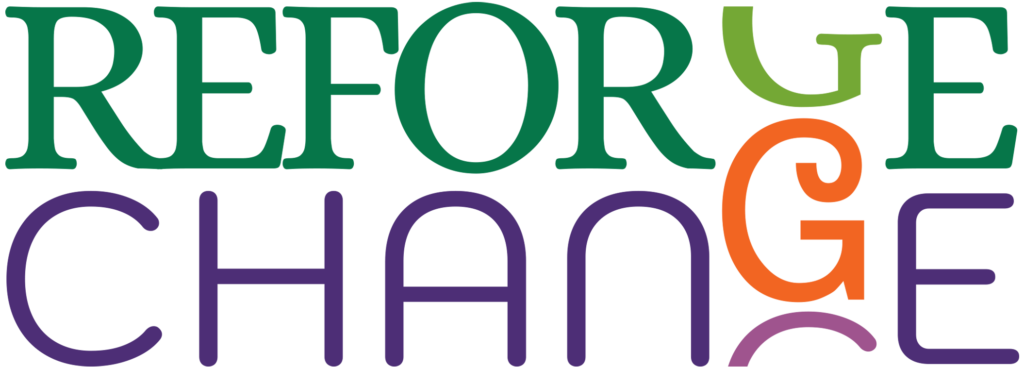Life is not a straight line, and neither are our careers. Employment gaps can sometimes be viewed with skepticism by potential employers, but they are a natural part of many professional journeys. Whether you’ve taken time off or changed direction, these gaps shouldn’t overshadow the skills, experience and value you bring to the table.
In this post, I’ll explain how to address gaps on your CV and LinkedIn profile and how to confidently discuss them in an interview. I’ll also provide tips for recruiters on rethinking employment gaps to focus on the potential of every candidate.
Why Do Employment Gaps Happen?
There are countless reasons why there is a gap in your employment history. These often reflect the complexities of life rather than a lack of dedication or ability. Here are some common reasons:
- Life Events: Maternity/paternity leave, travel or personal growth.
- Health Issues: Addressing physical or mental health challenges.
- Caring Responsibilities: Supporting a loved one during illness or life transitions.
- Economic Factors: Layoffs, company closures or industry changes.
- Career Shifts: Exploring a new field or pursuing further education.
These gaps aren’t a failing—they’re simply chapters in your story. By addressing them thoughtfully, you can show how they’ve shaped the unique value you bring to a new role.
How to Address Employment Gaps on Your CV and LinkedIn Profile
Transparency and presentation are key when addressing employment gaps. Here are some practical ways to handle them:
1. Use the Summary Section to Tell Your Story
Most CVs and LinkedIn profiles feature a professional summary at the top. Use this space to provide a high-level overview of your career and briefly address gaps. For example:
“After taking time to care for a family member, I’m excited to bring my project management skills and proven leadership experience to a dynamic organiation.”
This approach works well if you’re currently unemployed and want to explain your situation proactively.
2. Create a Career Break Section
Adding a “Career Break” section on your CV or LinkedIn can be an effective way to address gaps without overshadowing your other achievements. Briefly explain the context of the break and highlight any relevant skills or experiences gained during this time. For instance:
Career Break | January 2022 – June 2023
- Took time off to manage caregiving responsibilities.
- Developed resilience, empathy, and time management skills.
LinkedIn’s “Career Break” feature makes it easy to incorporate this section directly into your profile.
3. Use a Functional CV Format
If your gaps are significant, consider using a functional CV format that emphasises skills and accomplishments rather than a strict chronological timeline. Group achievements under categories like “Leadership” or “Technical Expertise” to draw attention away from dates.
4. Highlight Transferable Skills
Focus on the valuable skills and experiences you gained during the gap. For example, voluntary work, certifications or freelance projects can showcase your initiative and continued growth.
5. Be Honest and Authentic
Honesty builds trust. Employers appreciate candidates who own their stories. On LinkedIn, consider sharing a post about your gap—it demonstrates authenticity and can resonate with recruiters.
How to Discuss Employment Gaps in Interviews
The interview is your opportunity to bring your CV to life. Address gaps confidently and shift the focus to the skills and experience you bring to the role.
Practice Framing Your Answer
Prepare a concise explanation that demonstrates growth and relevance. For example:
“During my career break, I cared for my elderly mother, which taught me resilience, empathy, and time management—skills I now apply in my professional life.”
Control the Narrative
Keep the explanation brief and steer the conversation toward your future goals and the value you bring to the company. Avoid apologizing or over-explaining.
Reframe Gaps as Strengths
If your gap involved personal growth, a career shift or upskilling – emphasise how these experiences have made you more adaptable and resourceful.
For Recruiters: Let’s Rethink Employment Gaps
Employment gaps shouldn’t automatically raise red flags. Instead, they can reflect a candidate’s resilience, adaptability and humanity. As recruiters, we should focus on the potential and value a candidate brings to the role.
Encouraging an open dialogue about gaps and understanding the context can help you discover exceptional talent.
Employment gaps are just one part of a professional journey. By addressing them thoughtfully, you can demonstrate resilience, adaptability and unique value. Whether it’s on your CV, LinkedIn or in an interview – focus on how your experiences add depth to your story and align with the role you’re pursuing.
For those navigating career gaps, remember they don’t define you—they’re simply a part of your story. And for recruiters, let’s work together to shift the narrative and celebrate the diversity of life experiences.
What are your thoughts on addressing employment gaps? Have you faced them, or do you have tips to share? Let’s start a conversation in the comments!
Need help crafting your career story? Reach out—I’d love to support you on your journey.


